
Transfer destinations
Lake Sevan has the only beaches in Armenia. They are a popular destination for the Armenians. Sevan’s beaches provide a unique experience within the landlocked country for Armenians. The beaches adjacent to hotels are usually privatized. Numerous beaches are located along the entire lake shore. The most popular of them is a 2.5-kilometre (1+1⁄2 mi) stretch on the northern shore, extending northwest from the peninsula. Resorts include Harsnaqar Hotel, Best Western Bohemian Resort, and numerous smaller facilities. Activities include swimming, sunbathing, jet skiing, windsurfing, and sailing. The area also includes numerous campgrounds and picnic areas for daytime use. A less-developed beach destination stretches along the eastern shore from Tsovagyugh to Shorzha, with numerous small cabins at Shorzha. The Avan Marak Tsapatagh Hotel, a Tufenkian Heritage Hotel, is a luxury resort on the undeveloped southeastern shore of the lake near Tsapatagh. The Armenian government pledged to “reduce the growing commercialization of
Learn More …Tsaghkadzor is a spa town and urban municipal community, as well as one of the most popular health resorts in Armenia, located north of the capital Yerevan in the Kotayk Province. According to the 2011 census, the town has a population of 1,256, down from 3,350 reported in the 1989 census. Currently, the town has an approximate population of 900 as per the 2016 official estimate.
Learn More …Kecharis Monastery is a medieval Armenian monastic complex dating back to the 11th to 13th centuries, located 60 km from Yerevan, in the ski resort town of Tsakhkadzor in Armenia. Nestled in the Pambak mountains, Kecharis was founded by a Pahlavuni prince in the 11th century, and construction continued until the middle of the 13th century. In the 12th and 13th centuries, Kecharis was a major religious center of Armenia and a place of higher education. Today, the monastery has been fully restored and is clearly visible from the ski slopes. The domes of the two main churches were heavily damaged in an earthquake in 1927. The buildings were conserved during the period of the Armenian SSR, and rebuilding work started in the 1980s. A series of nationwide problems led to a halt in the rebuilding for about a decade as the 1988 Armenian earthquake hit, the Soviet Union collapsed
Learn More …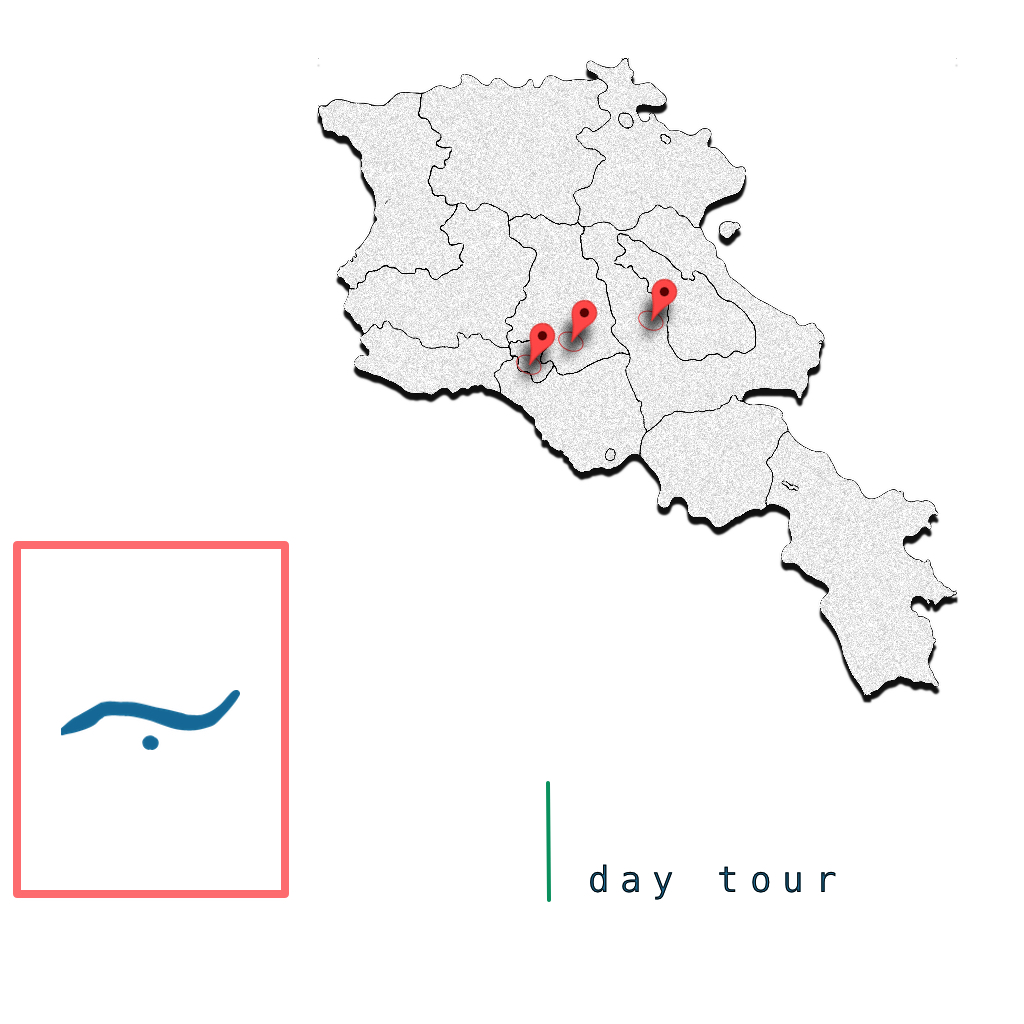
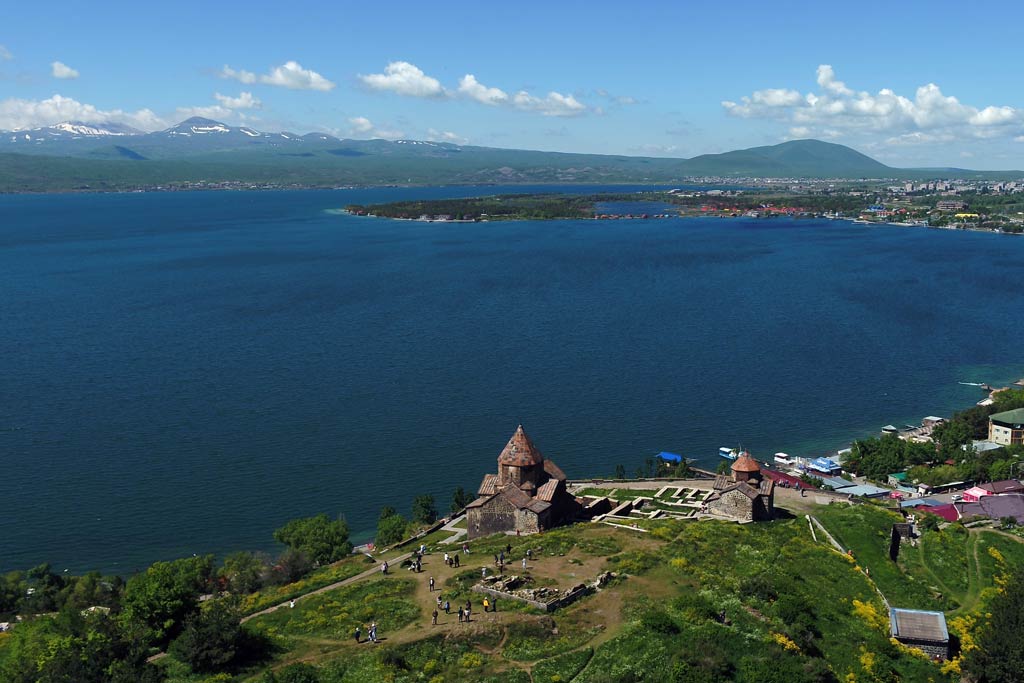
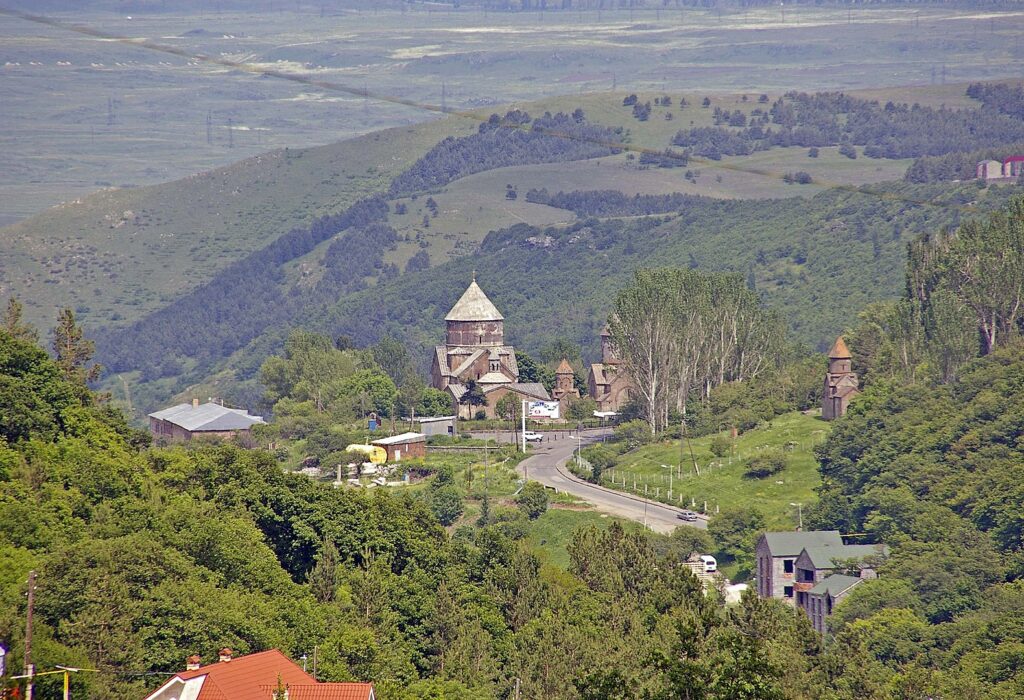
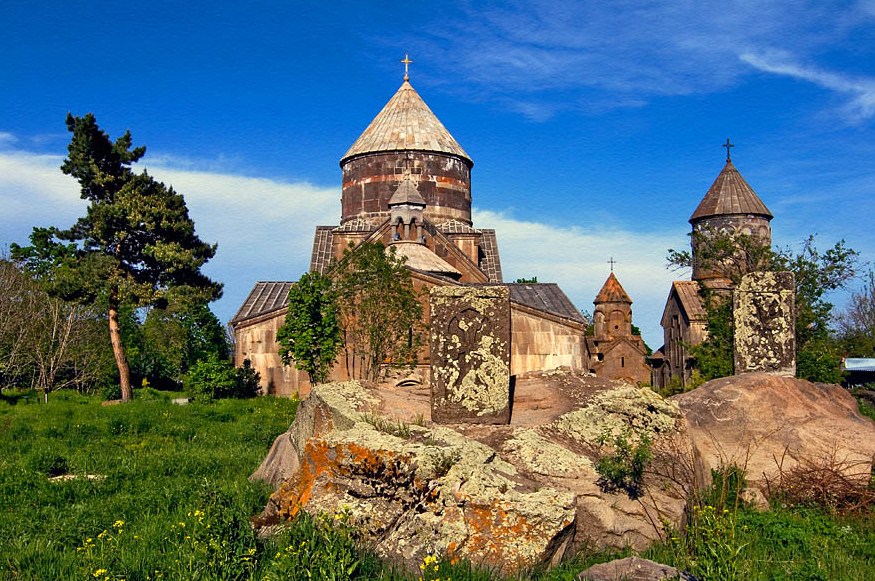
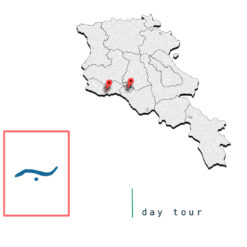
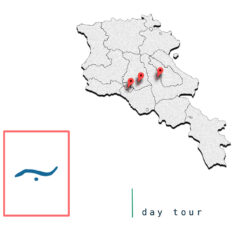
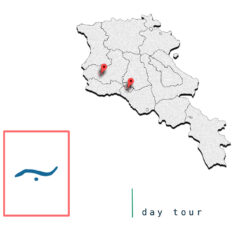
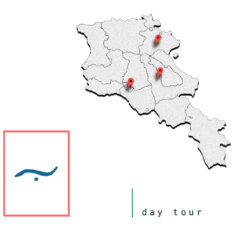
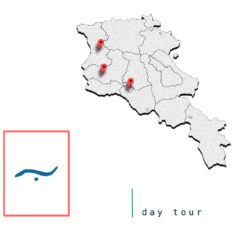
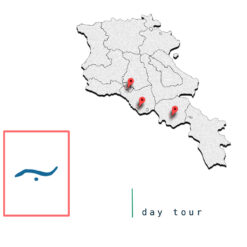
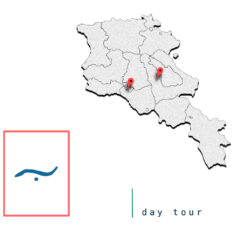
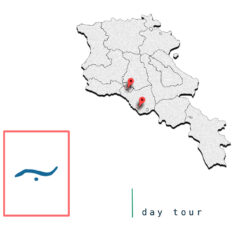







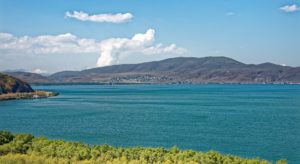
What others are saying
There are no contributions yet.